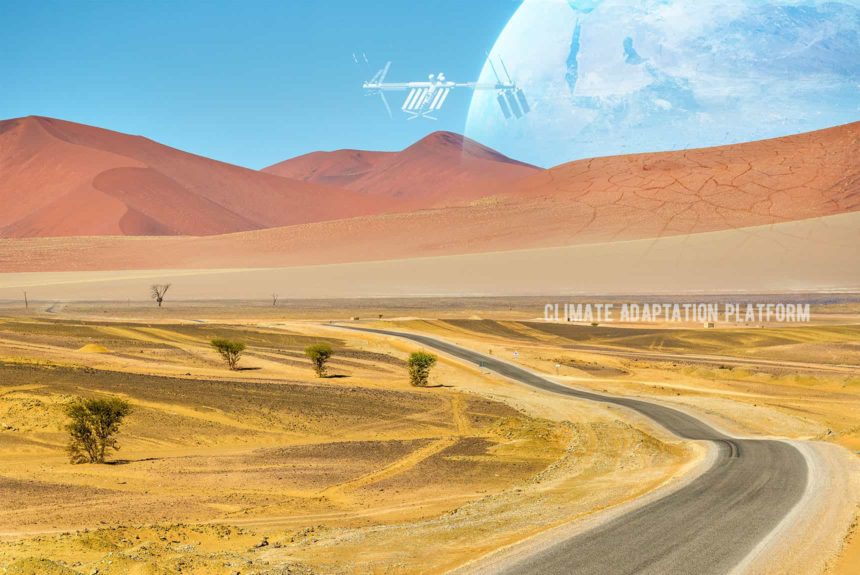The Middle East and North Africa (MENA) are globally the driest regions. Droughts are very severe in the area, bringing enormous suffering to the community. Population growth and economic changes in the area further deplete water, their most precious resource.
According to MENAdrought:
- “The region contains 2% of the world’s renewable water supplies, and home oaring temperatures and evaporation rates and estimates from climate experts that precipitation could decrease by 20% across the region, water and nutrition security challenges are extreme.”
- “Over the last decade, drought episodes have increased in frequency and severity and have spread over larger areas of territory, bringing misery and suffering to some of the region’s most vulnerable communities.”
- “These droughts challenge the advances made in economic growth, health, and human development to 12 of most water-scarce countries and have an average water availability of 1,200 cubic meters per person a year, roughly six times below the global average.”
- The region needs integrated drought management and planning to reduce the significant risks of droughts and severe water scarcity. This would entail working with neighbouring countries to effectively predict, prepare and mitigate drought impacts in each country and building resilience on water and food security and minimizing economic and social losses associated with these events with the help of drought-monitoring technologies.
The International Water Management Institute reports that MENA countries – Jordan, Lebanon, and Morroco employ a drought-monitoring technology “that is currently being embedded in water and agricultural ministries” in their governments to improve the region’s climate resilience.
The technology is a “satellite-based enhanced composite drought index (eCDI) developed by IWMI and partners as part of the USAID-funded MENAdrought project.”
“The technology supports effective drought management by enabling authorities to identify, early on, the presence and evolution of drought.”
Tunisia is the newest county to avail of the technology.
“The team is now supporting the Government of Tunisia to implement the eCDI, along with seasonal rainfall forecasting technology, as part of a new initiative focused on strengthening the resilience of North African countries to the Water-Climate Change-Migration Nexus, with funding from the Center for Mediterranean Integration and the UK’s Foreign, Commonwealth and Development Office.”
The article says that although droughts are cyclical, their severity and ability to cause extensive loss and damage increase due to climate change.
The UNDRR Human cost of disasters report shows that there were 338 disasters caused by drought between 2000 to 2019 worldwide, compared to 263 incidents between 1980 to 1999. In the last 30 years, Tunisia has experienced a 3% decrease in rainfall, and over this time, the country’s temperature has risen by 0.37C per decade.
As climate change continues to increase the severity of droughts and reduce rainfall in the region, drought-monitoring technology will support MENA countries’ drought-management ambitions – embed it in their agricultural, meteorological, and finance departments as an integrated drought management system and ability to forecast droughts and precipitation for several months in advance to help them prepare and mitigate its economic and social impacts.
Click the link to know more about the MENADrought project and the deployment of the eCDI.
Sources:
MENADrought. https://menadrought.iwmi.org/ Fry, C. (2022 April 4).
Tunisia joins Morocco, Lebanon, and Jordan in using state-of-the-art drought management technology. IWMI. Retrieved from https://www.iwmi.cgiar.org/2022/04/tunisia-joins-morocco-lebanon-and-jordan-in-using-state-of-the-art-drought-management-technology/



Leave a Reply